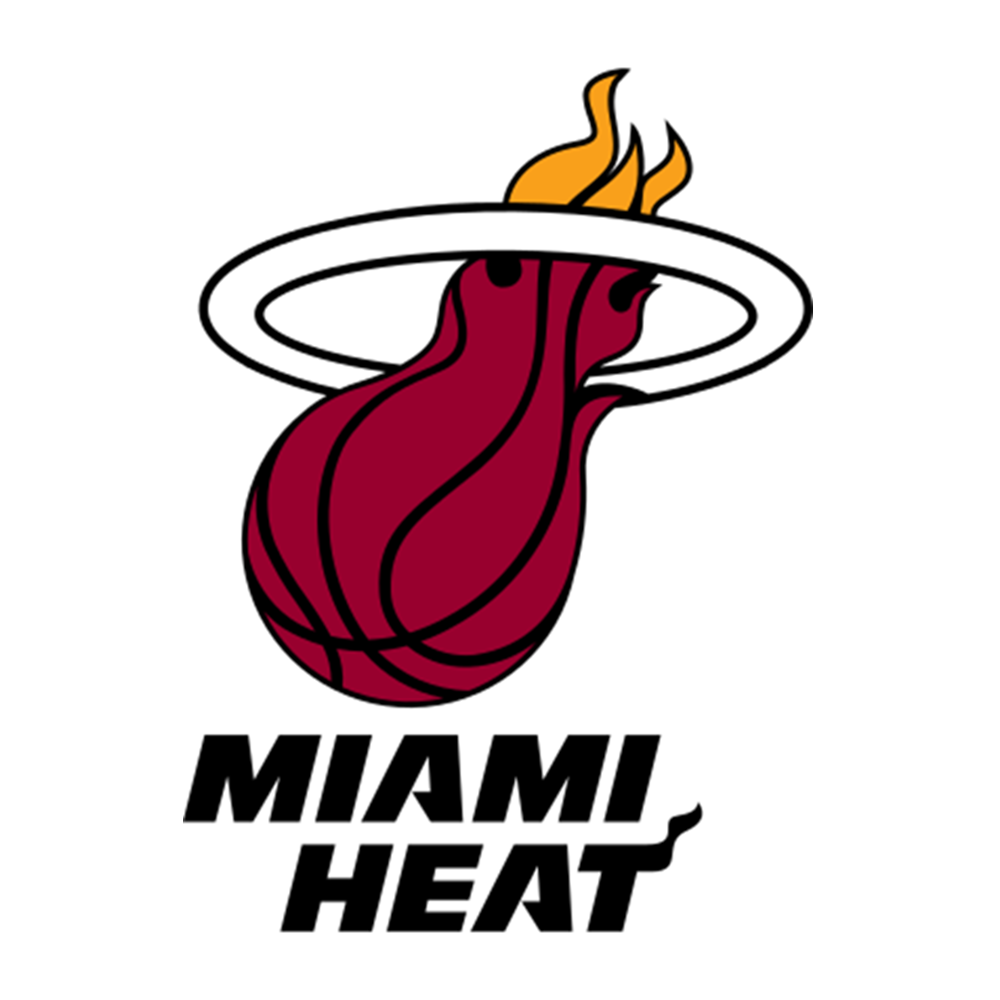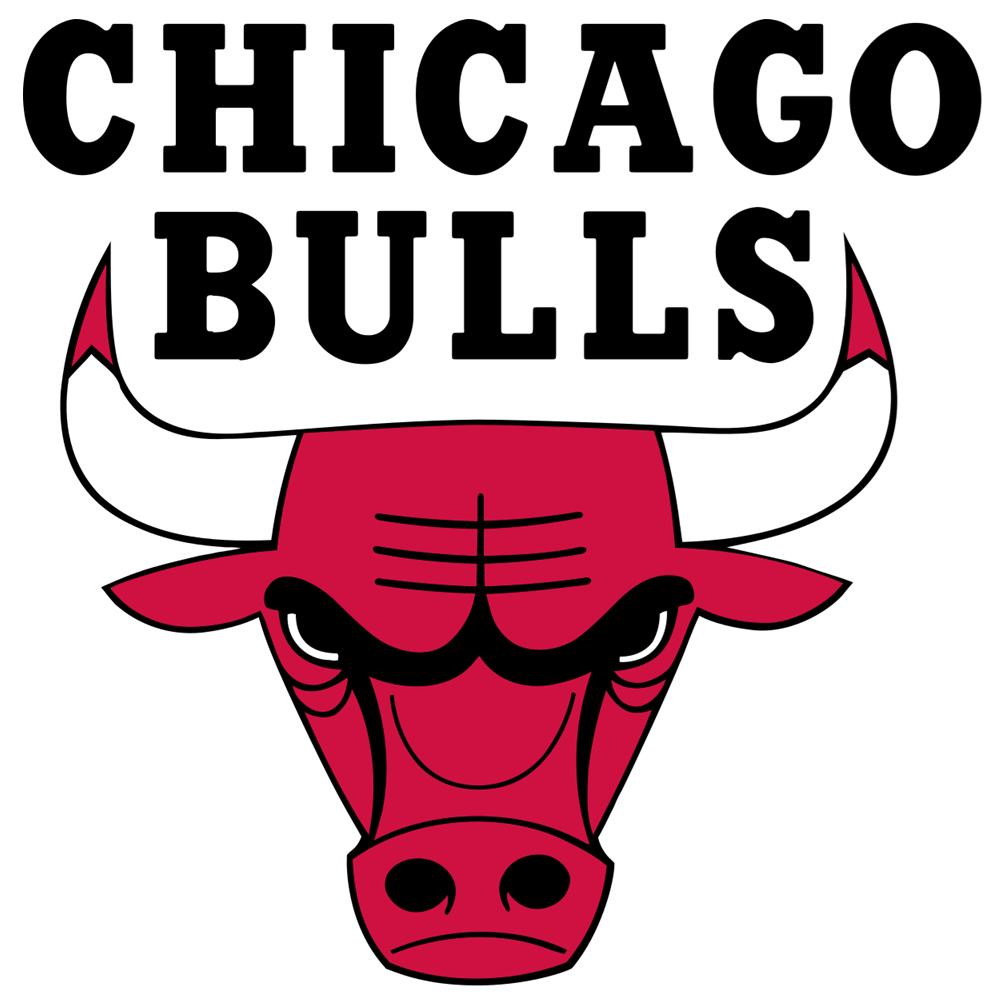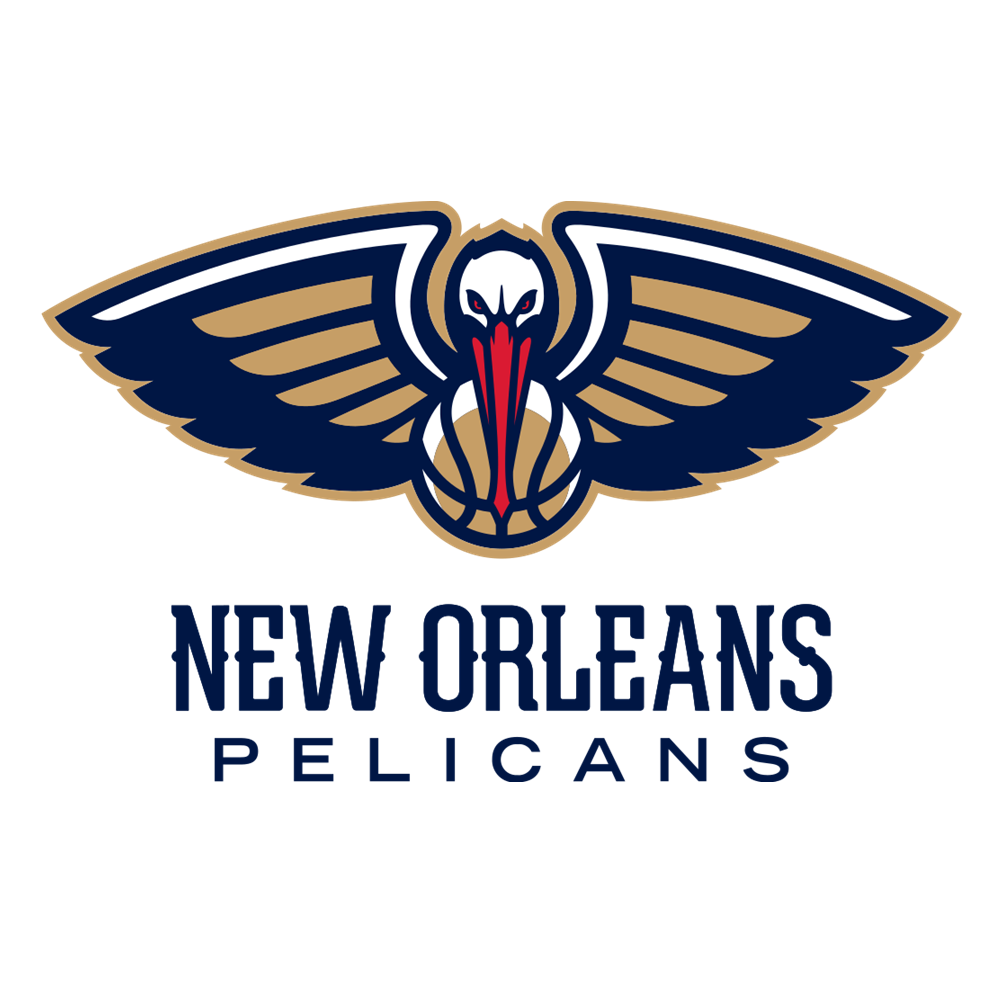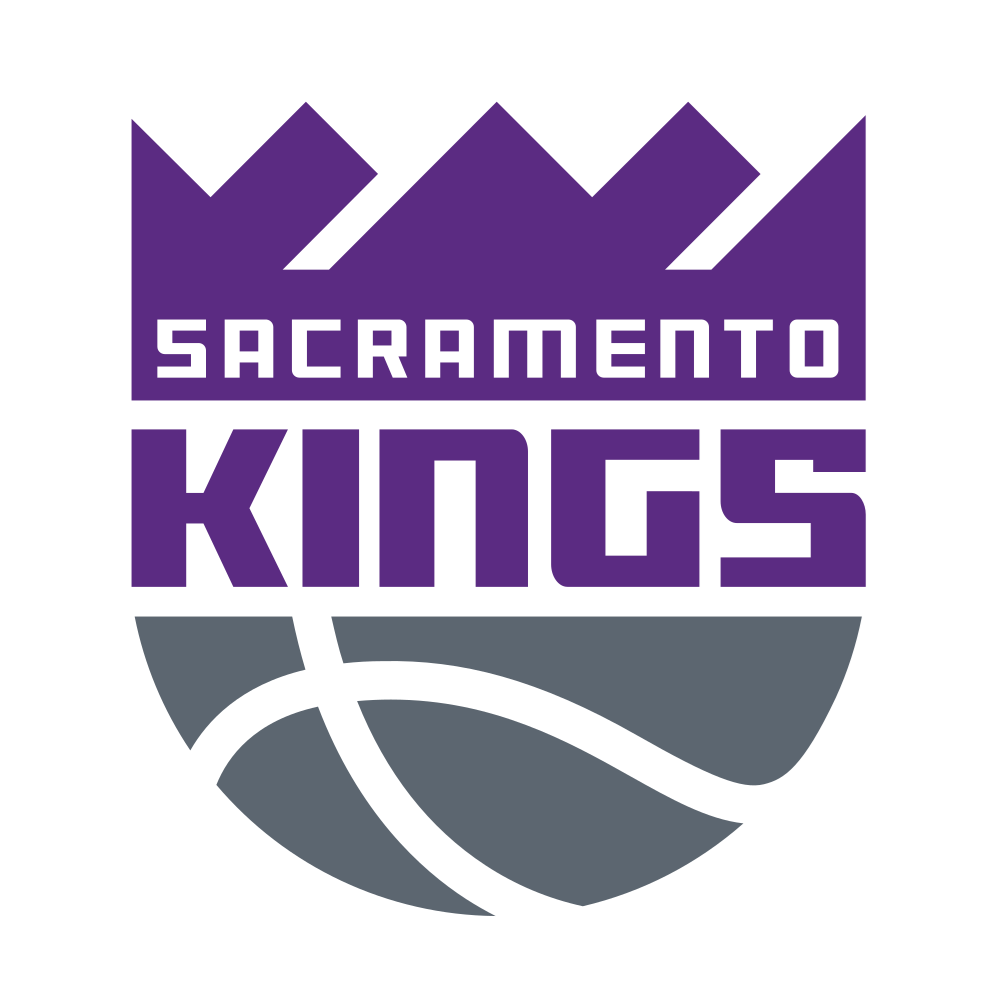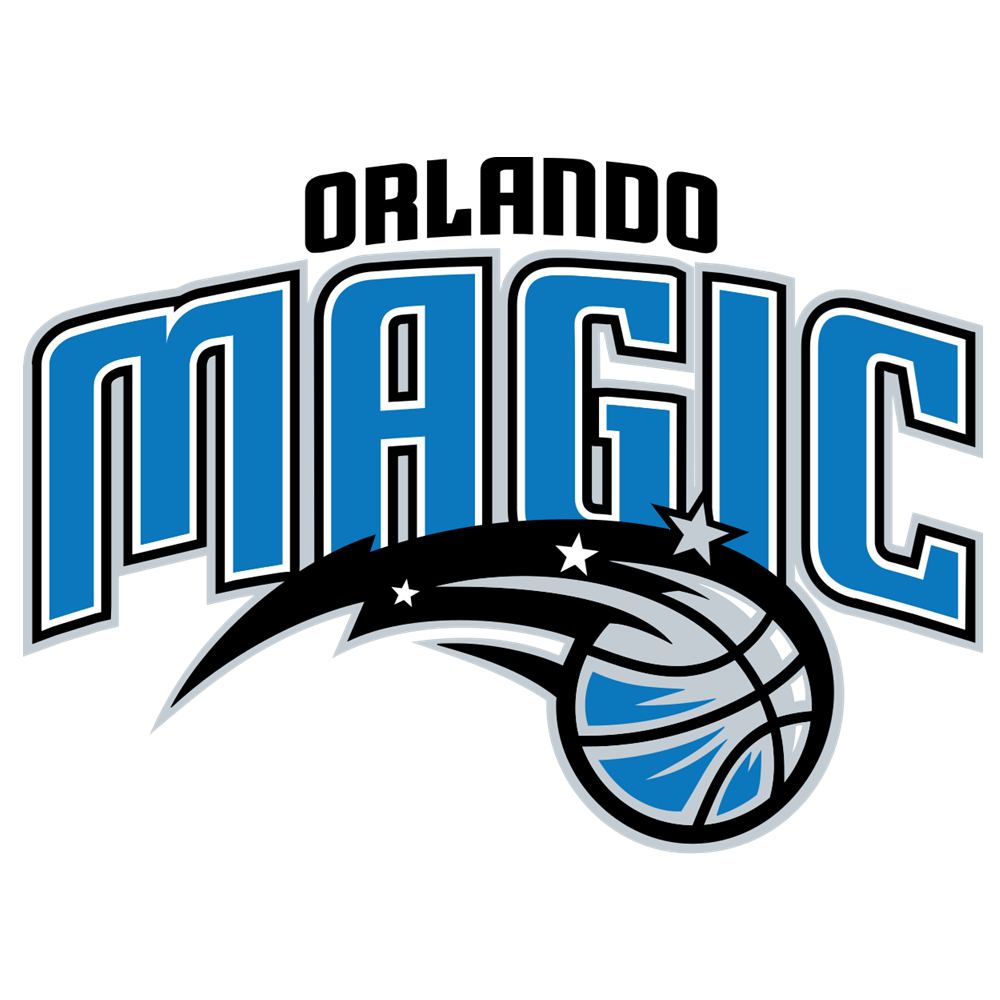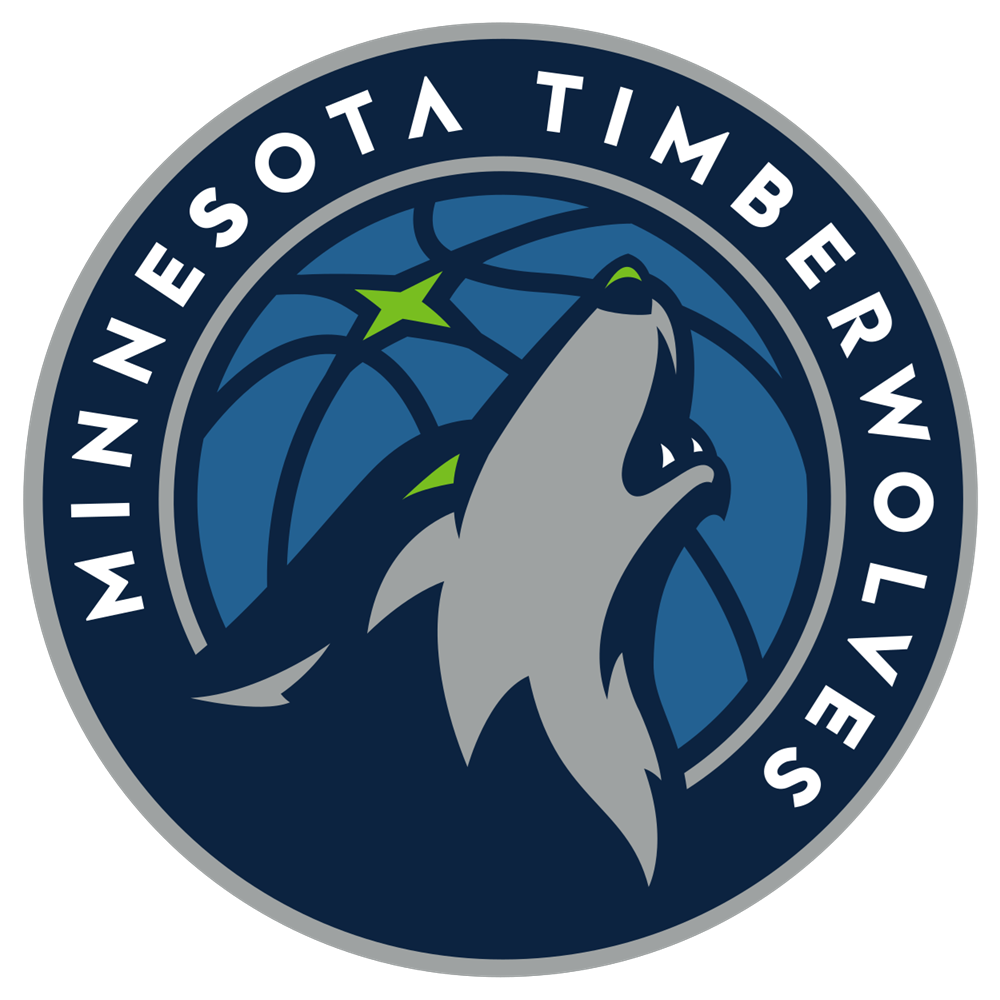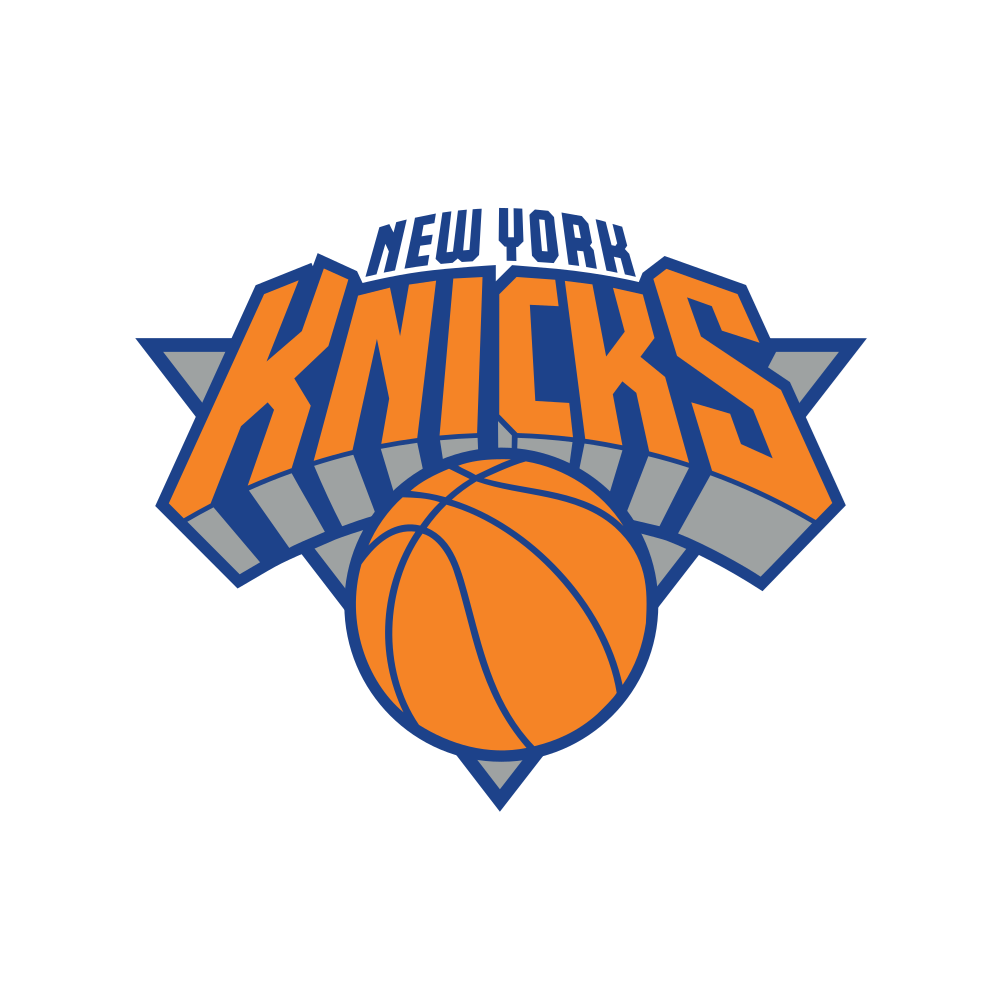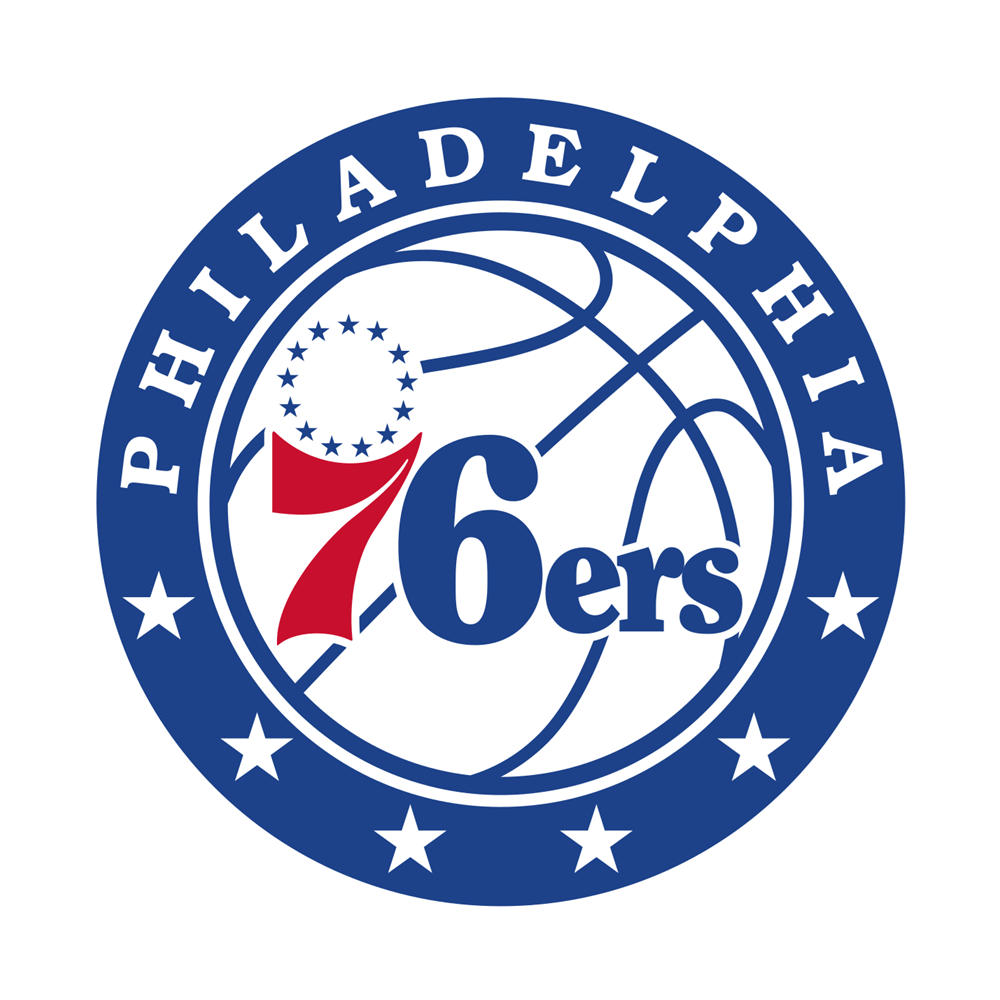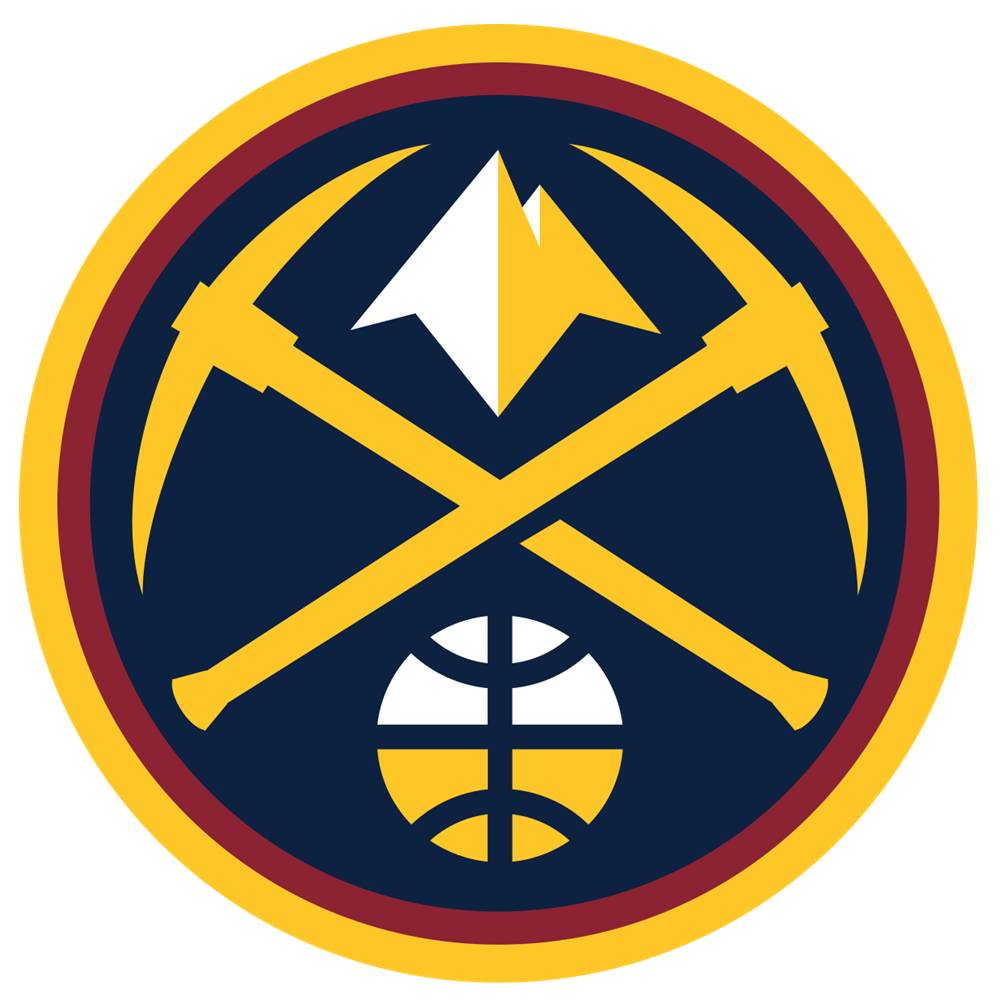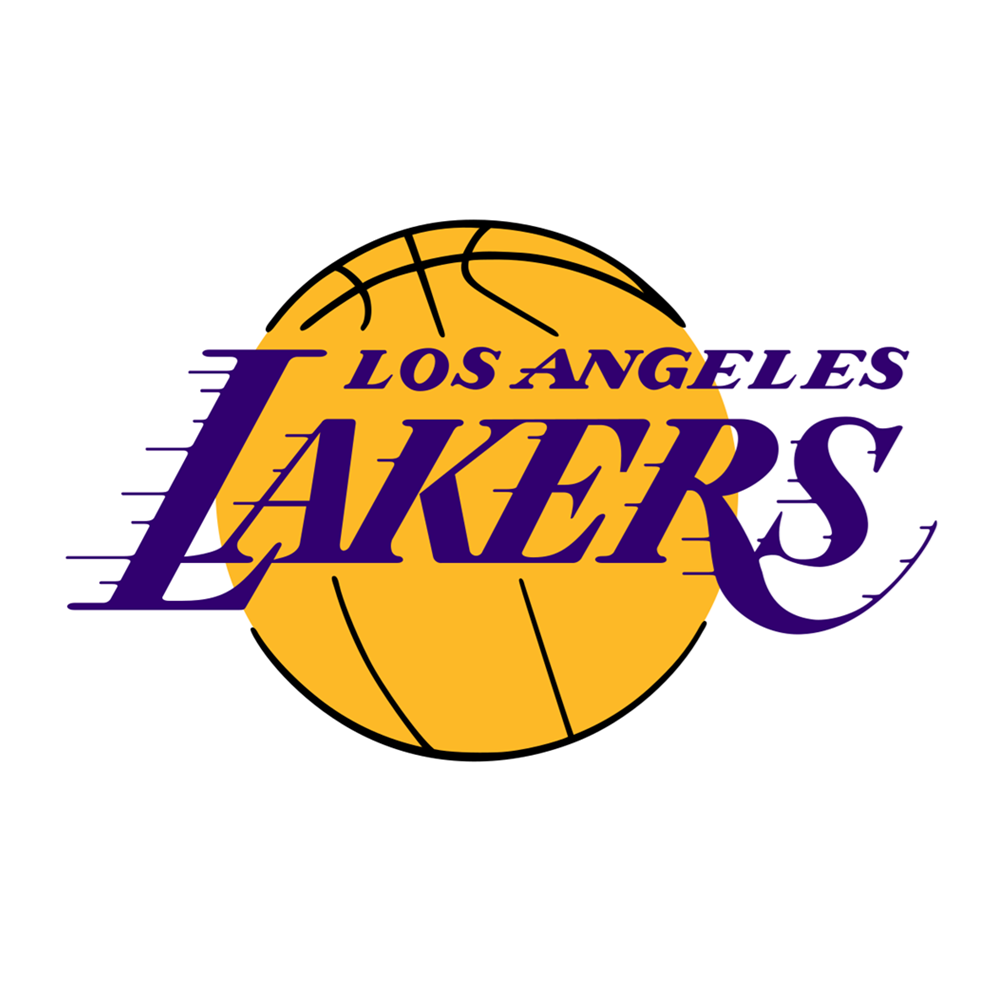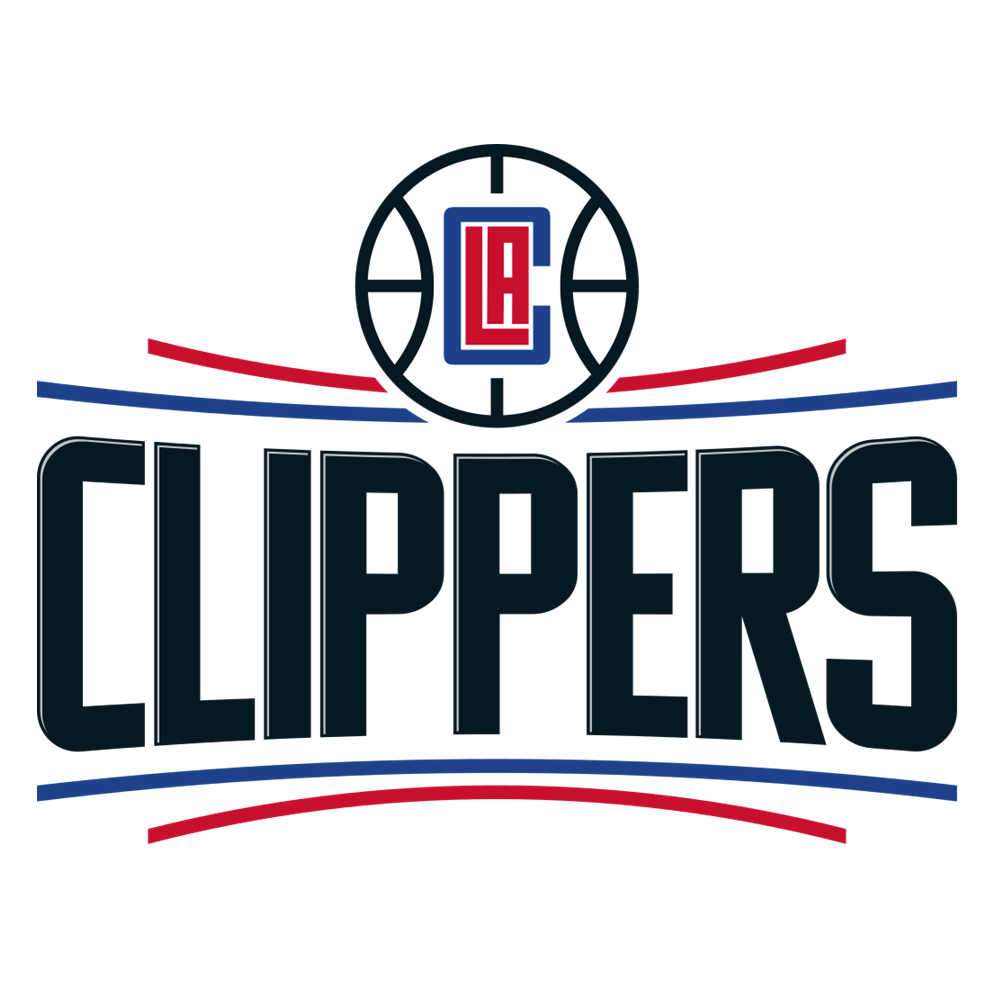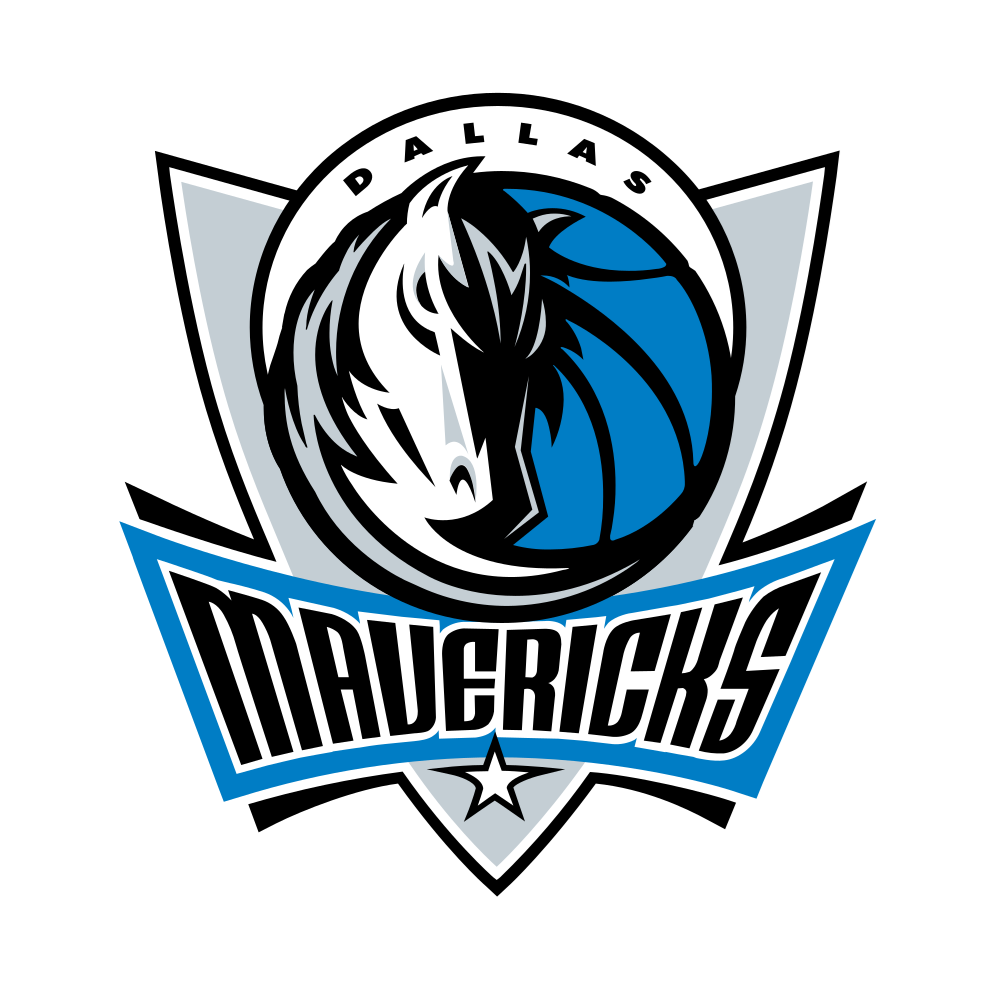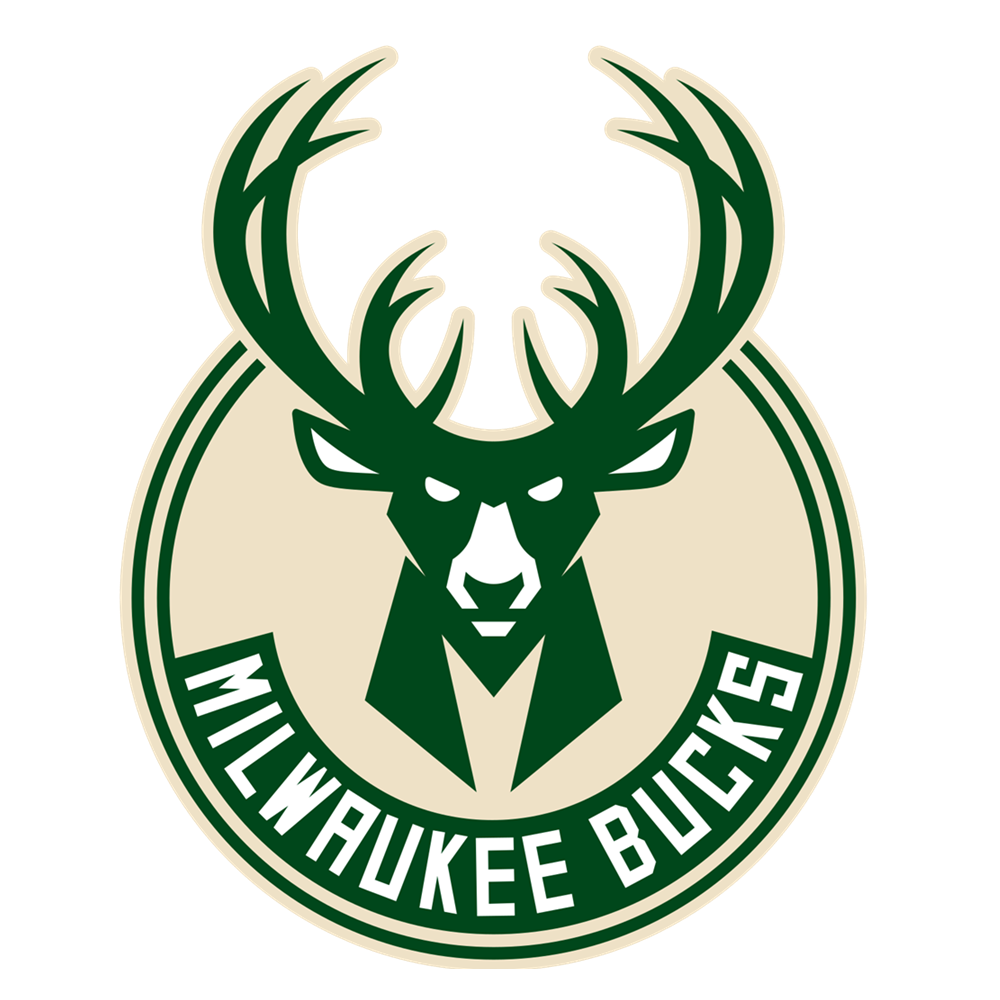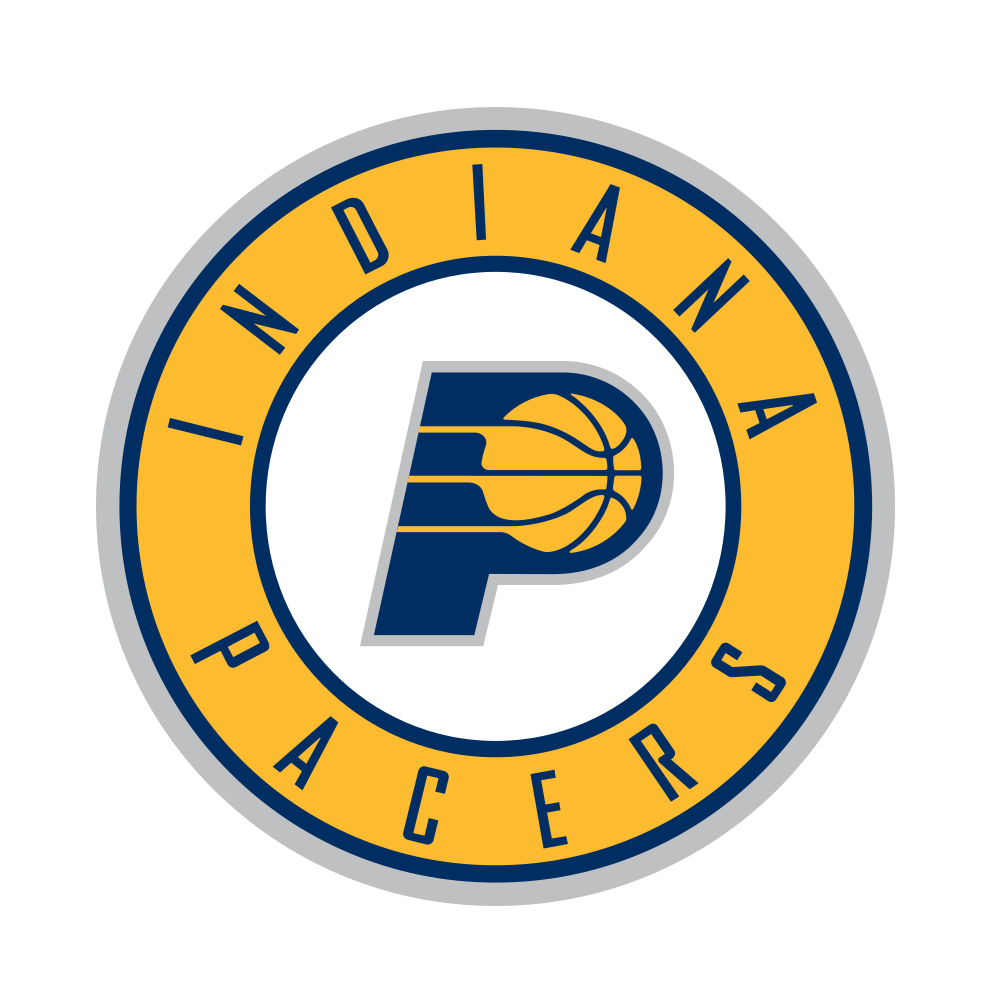Until this year, the Minnesota Timberwolves had only ever had five All-Star players in the history of their franchise, and only three that were not named Kevin. Messrs Garnett and Love account for 13 of the team's 16 all-time All-Star appearances, the other three being one-off appearances for each of Sam Cassell (2004), Wally Szcerbiak (2002) and Tom Gugliotta (1996).
Only one Wolves player has been an All-Star since 2007, that being Love, who made it for three out of the four seasons between 2010/11 and 2013/14. At the time of writing, the franchise has not made the playoffs since that season, nor even a couple before it, last making the postseason via a Western Conference Finals run back in 2003/04. That season was also the most successful one in franchise history; it, plus the seven consecutive first-round exits in the seven seasons immediately prior, and the short list of All-Stars above, is all the success the franchise has ever enjoyed. And 'success' here is a very relative term.
That, however, is about to change. The Timberwolves are headed back to the playoffs this season, and are doing so behind the fearsome duo of Jimmy Butler and Karl-Anthony Towns.
The years of treading water after the departure of Kevin Garnett saw the Timberwolves slowly accumulate a slew of young players and tradeable assets. The quality of these assets and players, however, never usually quite caught up to the quantity.
With some big misses along the way - drafting Jonny Flynn ahead of Stephen Curry in 2009; trading the pick that could have been Ricky Rubio (or Curry again) for Mike Miller that same year; drafting Wesley Johnson fourth in 2010 ahead of DeMarcus Cousins; trading the pick that could have been Eric Bledsoe for Martell Webster; picking Derrick Williams second in an admittedly dry draft year in 2011; taking Shabazz Muhammad and Gorgui Dieng ahead of Giannis Antetokounmpo and Rudy Gobert in 2013 - the Wolves never got the elite quality that would break the cycle of mediocrity. Love was somewhat of the exception, but, as above, not even he could drag the team to the playoffs.
The cycle was finally broken, however, with the drafting of Towns.
The Wolves were perversely lucky to be so bad in the 2014/15 season (16-66) so as to be able to draft first overall. With that, they were in a position to draft Towns, who became the second-best player in franchise history pretty much from day one.
Offensively, Towns has it all. With touch, feel and an increasing amount of shooting range (via a flat-footed jump shot that takes a couple of weeks to get away), Towns is an elite big man scorer, averaging 20.1 points per game on a 64.7% true shooting percentage thus far this season. He runs, rolls, posts and spots up, floats, hits cutters, and has improved his scoring efficiency every season concurrent with lowering his turnover rate.
Towns's shot chart is a thing of beauty. He shoots 71.8% from the rim, 46.6% from three to ten feet, 46.5% from ten to sixteen feet, 50% from sixteen feet to the three-point line, and 42.9% from three. Those are above-average marks in every area. He arrived in the league as already a pretty complete offensive player, and yet he has only gotten better. On one end of the court, he is already about as good as it gets.
The defensive end is where Towns must now make the biggest strides. Towns frequently misses rotations, both on the perimeter and when he is supposed to be helping from the weakside on the interior, and whenever he misses these rotations, he does not put forth enough energy to try and recover to get there. When Towns is in the right position defensively, be it by chance or by a good rotation, he can impact the play. His long arms combine with genuinely good shotblocking timing see him generally make good decisions, save for going after some blocked shots that he shouldn't. But if he is not in the right position to begin with, he won't get there.
This one area is where Towns shows his youth and relative experience. Conversely, however, Jimmy Butler already does it on both ends.
Entering the league as an athlete, rebounder and somewhat disruptive defender, Jimmy Butler's upside was thought to be somewhere between Jarvis Hayes and Bonzi Wells. To get to any levels beyond that would have taken a development in his skills and poise on the ball that is almost never seen in one already with four years of college basketball already under his belt. Yet that is exactly what has happened.
At this point in his career, Butler is as confident on the ball as any wing player. He drives, pulls up or just raises up to shoot with a confidence and a swagger that rivals anyone, and with a nous and willingness to draw contact that is greater than most. Butler averages 22.5 points on only 15.8 shots per game, a remarkable 59.7% true shooting percentage from a star wing player born out of his 48% overall shooting from the field, 37.9% from three-point range and 86.2% free throw shooting on a striking 7.1 attempts per game. All the while, he remains the team's primary option for defending opposing stars, be they guards or big forwards.
For comparison's sake, his fellow starter on the wing Andrew Wiggins is taking the exact same number of shots per game, but scoring only 17.9 points per contest, and not being as entrusted, effective or versatile defensively as Butler. Butler is playing at an MVP calibre level, just like he was last year. This year, however, he is on a team good enough for people to notice.
The quantity of young assets that had given the Timberwolves an often anticlimactic hope for so long were finally consolidated in the trade for Butler over the summer. Zach LaVine, Kris Dunn and the 2017 #7 pick that was eventually used on Lauri Markkanen were moved for Butler and the #16 pick (used on Justin Patton). It was a statement of intent, and, rather than trading a trade for an aging Mike Miller or Marko Jaric or any other Wolvesian move of years past, a strong push forward.
And it is working.
Between Towns and Butler, the Timberwolves are headed back to the playoffs. They sport a 35-24 record, good for the fourth seed in the Western Conference, coming from a 113.8 offensive rating. That number is third in the league, and while head coach Tom Thibodeau has yet to impart his pioneering ICE-defensive schemes into his team (the 110.5 defensive rating is sixth worst in the league), the Timberwolves are firmly in the Western Conference's second tier.
The team blends youth and experience, with quality at every position. Lack of depth and concerns about Thibodeau's excessive minutes distribution notwithstanding, the Timberwolves are much improved and still improving.
And it all stems from having two 2018 NBA All-Stars in Jimmy Butler and Karl-Anthony Towns.
